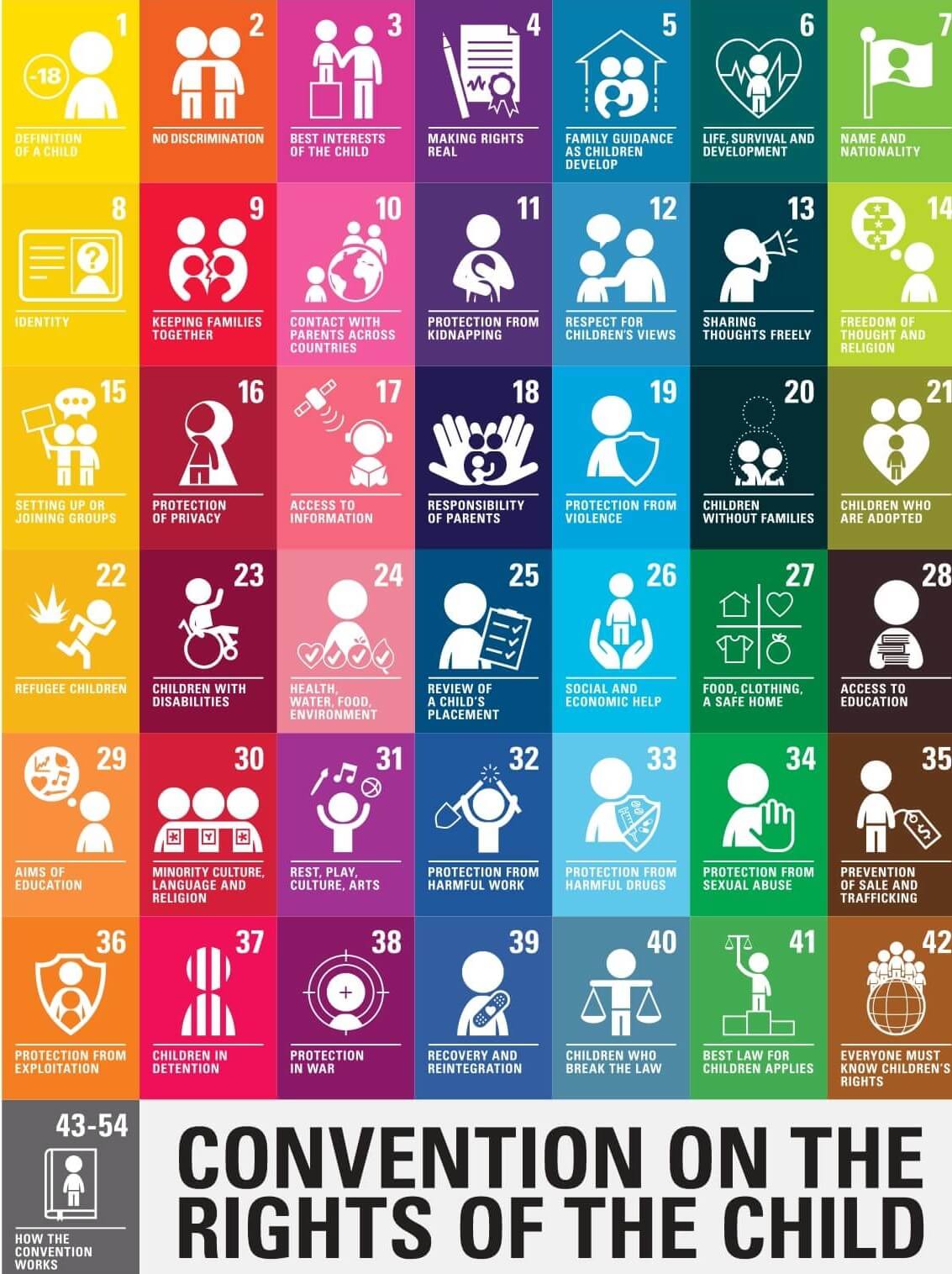Children rights
Children are avid users of the internet and mobile technology, making up one in three internet users worldwide. For many children, the distinction between the online and offline worlds is blurring.
Children are spending more time online since the internet provides many advantages such as education, information, sociability, self-expression, and entertainment. However, the online environment also presents risks to which children are especially vulnerable, such as access to inappropriate content, harmful interactions, online sexual abuse and exploitation, and reputational damage, as well as abuse of their rights, commercial issues, and overuse.
When it comes to promoting the benefits of technology for children, while at the same time fostering a safe and secure online environment, stakeholders need to strike a careful balance between the need to safeguard children against inappropriate content and risky behaviour and the need to respect children’s digital rights, including the right to access information and freedom of speech. A rights-based approach, based on children’s rights as enshrined in legal instruments, aims at maximising the opportunities of the digital world for children and young people while protecting them from the risks. The sections below focus on children’s digital rights from a human rights perspective.
Frameworks for safeguarding children’s rights
The UN General Assembly and UN Human Rights Council resolution ‘the same rights that people have offline must also be protected online’ is equally applicable to protecting children’s rights online. However, as they are particularly vulnerable, special steps must be taken to protect their rights.
A rights-based approach, based on children’s rights as enshrined in legal instruments, aims at maximising the opportunities of the digital world for children and young people while protecting them from risks. The most comprehensive human rights document regarding children is the UN Convention on the Rights of the Child (CRC). It is almost universally ratified by UN members, with the notable exception of the United States.
The Convention proposes:
- promoting content which is of social and cultural benefit to children’s well-being;
- providing children the rights to recreation, leisure, freedom of expression and association, and to be consulted on matters affecting them; and
- protecting children against abuse, neglect and exploitation, interference, and attacks on their honour and reputation.
The CRC was adopted in 1990. In order to shape the interpretation and implementation of the CRC in the digital age, the Committee on the Rights of the Child decided in 2018 to develop a General Comment on children’s rights in relation to the digital environment. The committee asked for comments on key groups of rights to be realised in a digital world, namely: access to information and freedom of expression and thought; right to education and digital literacy; freedom of assembly; right to culture, leisure, and play; protection of privacy, identity, and data processing; protection from violence, sexual exploitation, and other harm; family environment, parenting, and alternative care; and health and well-being. The committee invited comments in March 2019 and received 135 submissions.
Children’s rights are also set out in other international and regional human rights instruments, including the Universal Declaration on Human Rights (UDHR), the UN Covenant on Civil and Political Rights, the European Convention for the Protection of Fundamental Rights and Freedoms, and the Council of Europe Convention on the Protection of Children against Sexual Exploitation and Sexual Abuse.
The responsibilities of stakeholders
All stakeholders have a responsibility to ensure children’s rights online are respected:
Governments and businesses need to integrate children’s rights considerations into all their policies. The policies need to strike a balance between children’s rights to protection, their rights to access information and freedom of expression.
Parents, caregivers, and educators have a responsibility to guide children towards safer, more responsible, and appropriate online experiences. Parents and caregivers should have knowledge of tools available to keep children safe online while not curbing their rights online, and have open conversations to provide age-appropriate guidance to support children’s digital engagement in order for them to make safe choices, and to be aware of how to report issues and concerns.
Teachers should be trained to be able to provide the necessary guidance and support to children in the digital environment. Schools should include curricula on online safety, as well as promoting digital citizenship both for children and their parents.
Civil society, including children’s rights organisations, academic institutions, and research organisations should conduct cross-national research on how children’s rights are affected by the Internet’s cross-border design, as well as children’s own understanding and practices regarding evolving technologies and diverse content available online. They should also co-operate and share findings with governments and businesses.

